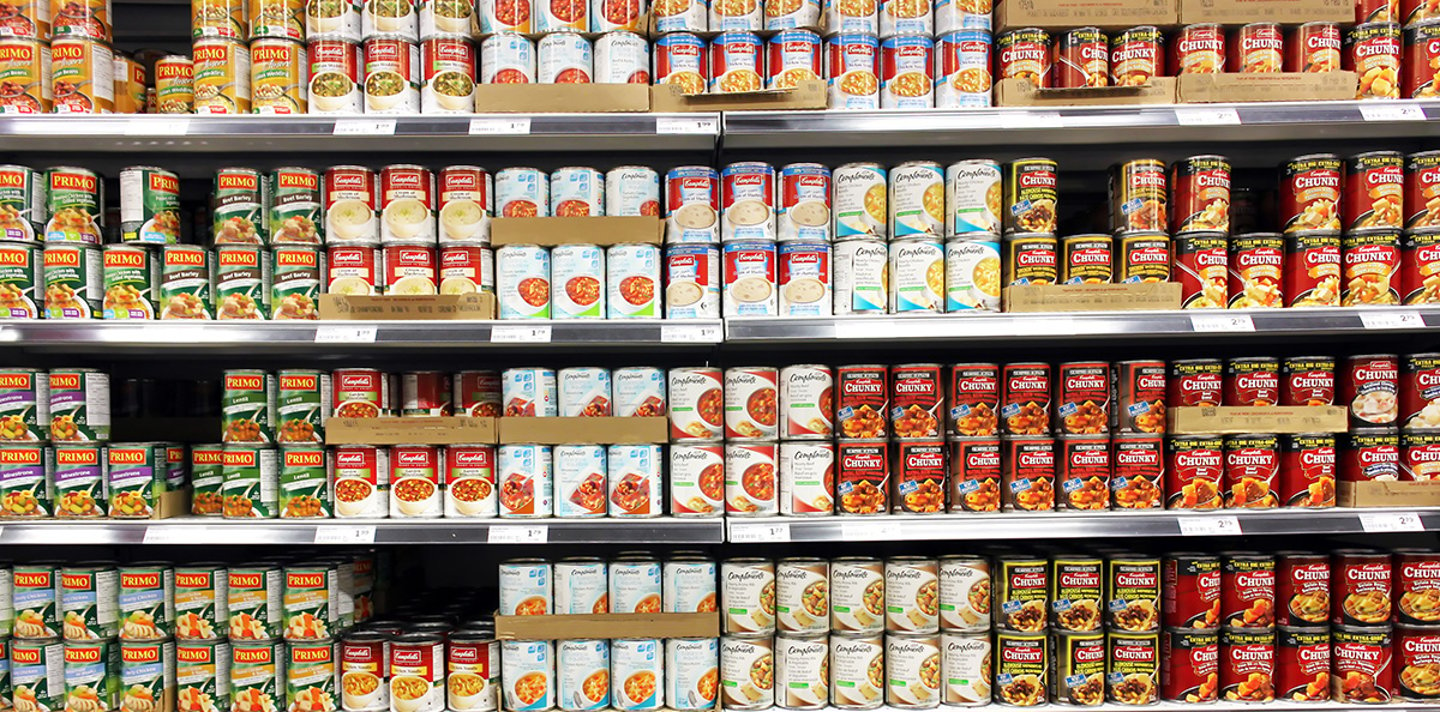Gartner’s 2024 Supply Chain Tech Trends — and What They Could Mean for CPG and Retail
Today’s supply chain leaders are faced with the complicated dance of tapping into emerging technologies to shore up stability — while figuring out how to marry them with humans to shoot ahead of the competition.
In releasing its annual supply chain technology trends — yes, AI, but more than just AI — Gartner indicates it will be the companies that connect the dots between the trends that will be the most successful.
Among the trends and how they may impact the consumer goods and retail industry:
1. Cyber Extortion
Expect artificial intelligence to increase the effectiveness of cyber criminal attempts, necessitating closer collaboration between supply chain and IT leaders for ransomware response.
Church & Dwight recently shared how it’s doing just that by bolstering its continuous monitoring processes to close the gap between operational technology and IT. The company recently conducted an assessment to identify how cyberattacks could impact product availability and subsequently implemented increased threat-detection technology for manufacturing.
2. Supply Chain Data Governance
The increased adoption of AI and advanced analytics for cross-functional visibility, scenario modeling, and decision automation means implementing processes for data quality and governance is critical.
While the “garbage in, garbage out” adage may be well known, some organizations need to take that more to heart, per Kayla Broussard, U.S. CTO of retail for Kyndryl.
“Data hygiene is essential to all AI initiatives. It's got to be clean, trusted, secure, accurate, and reliable,” Broussard noted to CGT at the Shoptalk event this week in Las Vegas. “A lot of times, organizations, including CPGs, underestimate the amount of time, effort, and involvement for that.”
3. AI-Enabled Vision Systems
Gartner expects AI-enabled vision systems, which combine 3D cameras, computer vision, and advanced AI pattern recognition, to serve as a leading trend for supply chains in 2024.
Indeed, the increased integration of automated cameras within retail stores to aid with inventory challenges is showing promise, as retailers find myriad ways to leverage the technology to justify the investment, including planogram compliance, Shannon Wu-Lebron, Blue Yonder CVP retail industry strategy, told CGT.
It's a similar story in CPG and retail with electronic shelf labels (ESLs), which are receiving renewed attention as their use cases evolve. While ESLs were historically positioned as a solution to help automate price changes in retail and consumer goods, some larger retailers like Walmart and Kroger are justifying the investments by leveraging them in such things as in-store retail media promotions and omni-fulfillment with Instacart pickers, said Wu-Lebron.
4. Composite AI
Organizations will get savvier about their AI techniques — shying away from blanket approaches to more effectively solve business problems and increase supply chain performance.
Kraft Heinz aims to create a “self-driving supply chain,” Helen Davis, SVP, head of North America operations at Kraft Heinz, shared during the NRF show in January, including leveraging predictive analytics to determine likely factory downtime and creating digital twins of every step in the supply chain.
“All that is happening very autonomously [to help us] really react to that consumer changing demand very, very autonomously [and] very quickly,” she said. “It’s about getting 500 employees in an instant making those decisions.”
Gartner has previously explored the priorities of high- and low-performing supply chain organizations when it comes to investing in digital economic value in the supply chain, which it defines as when technologies like LLMs, AR, and VR are used to amplify productivity, partnership, and strategic decision making.
5. End-to-end Sustainable Supply Chains
As sustainability moves from voluntary to government-mandated, organizations will be responsible for ensuring the data accuracy for these initiatives meets regulatory benchmarks.
Some CPGs are already investing in their ability to collect accurate data, such as Materne North America, which is investing in predictive procurement.
Others are looking toward cross-industry collaboration: Mars is co-partnering with a network of startups, with the plan to build a portfolio of around 40 solutions from a network of investment funds, growth-stage entrepreneurs, and other partners to ultimately help the snack company achieve its green goals.
6. Augmented Connected Workforce (ACWF)
Companies will accelerate employee onboarding and productivity by developing more cohesive strategies, employing intelligent technology, workforce analytics, and skills augmentation.
More than just a compilation of technologies, ACWF treats the capabilities as a unified, cohesive strategy to accelerate and scale talent, says Gartner.
7. Next-Generation Humanoid Working Robots
These robots, which are engineered in part to imitate the human body, can perform tasks previously relegated to humans thanks to sensors, cameras, grippers, and legs.
Tyson Foods and Johnsonville indicated interest in this area with last year’s investment in Soft Robotics, which marries 3D vision and AI with soft grasping technology. The technologies combine to promise hand-eye coordination at the same level as humans, according to Soft Robotics, and can serve as an option for bulk-picking and prepared food operations.
Kevin Ladwig, managing director of Johnsonville Ventures, said the systems are applicable to a number of primary and secondary processing operations. “Applications that reduce repetitive motion and improve employee safety, in addition to enhancing productivity, are welcomed improvements for any operation.”
8. Machine Customers
Gartner defines machine customers as nonhuman economic actors that autonomously obtain goods or services in exchange for payment. As a result, look for more automation in areas like payment services, inventory management, and retail recommendations thanks to technologies that include IoT-connected devices.





